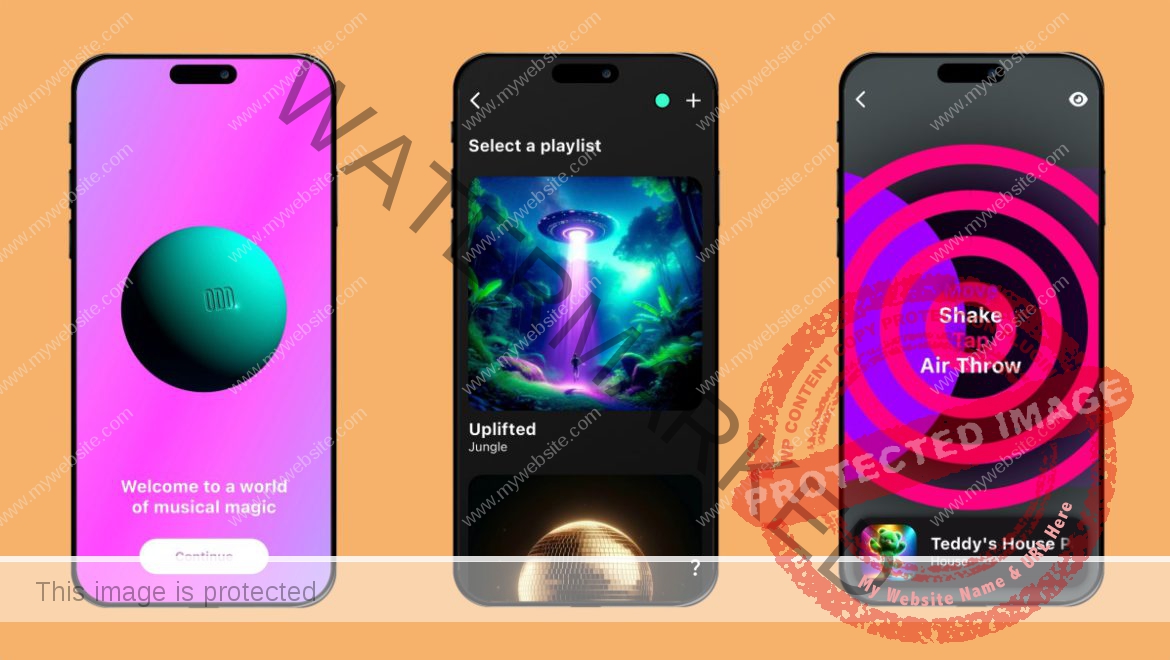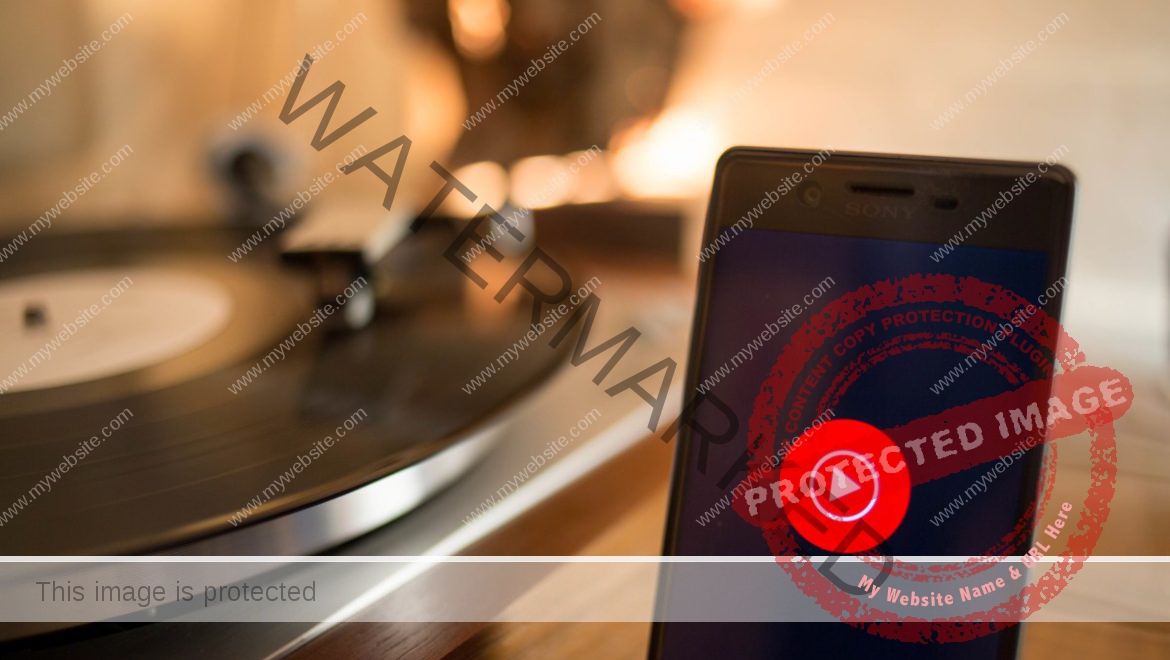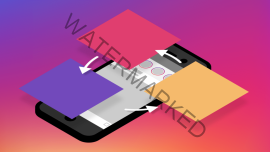Odd Ball, the ball-shaped music instrument, is adding new gestures so you can become a house DJ | TechCrunch
Odd Ball is a company that makes fun electronic bouncy balls that let you generate MIDI sounds by tapping or bouncing them. The company is adding new gestures to its device — including spin, twist, move, shake and air throw — so you can generate sounds in a new way.
With the most recent app update, the company also lets you be the DJ at a house party with these gestures. It has included a DJ mode with some background tracks and on-screen instructions for gestures for that track. When you combine one or more gestures, the app will play sound effects on top of the track.
Image Credits: Odd Ball
The startup now puts gestures into two categories: Triggers (tap, shake, twist), which the company describes as akin to playing a note; and Modulators (move, spin, air throw), which the company thinks of as knobs on a console.
The intensity of the gesture also matters. The app will generate sound based on how hard or fast you spin or shake the ball.
Image Credits: Odd Ball
Pasquale Totaro, the founder and CEO of the company, told TechCrunch that the ball has a built-in sensor that the company was not using. But with the new update, the startup is now utilizing that sensor.
“The hardware originally had one motion sensor we did not use at all, it was just sitting there. The idea was to later push a new firmware that would bring it to life. That’s where we are now. It took a lot of R&D to unlock all the features. Imagine a trackpad that understood only taps… now it also has zoom, pinch, drag, pan, etc.,” Totaro told TechCrunch over email.
He mentioned that the team had to put a lot of effort into separating one gesture from another.
The company
Odd Ball started in 2018 with a Kickstarter campaign and the company began selling the first version in November 2020. Totaro said that the startup wanted to make the music-making process easy and fun. He said that playing with a ball, which comes intuitively to humans, was a way to make that happen.
“Everybody already knows how to bounce, shake and throw a ball, and all these actions are naturally already musical and rhythmical. This quality of the ball practically breaks down the initial learning barriers that a music lover has to overcome when they try to learn an instrument, a piece of equipment or software,” he said.
Image Credits: Odd Ball
The company has sold more than 25,000 devices, with kids and music lovers as primary buyers. While Odd Ball hasn’t raised any institutional money, it has some advisors on the board. These include Glass Direct founder and Google exec Jamie Murray Wells; Ali Mostoufi, whose startup me.com Inc. was acquired by Apple in 2008; former EMI and Warner Bros. Records exec Ted Cohen; and digital media company Mitu’s former CEO, Roy Burstin.
Totaro said the company is profitable and looking to expand its product line with two devices in the works. Odd Ball is working on a version of the ball with multiple RGB LEDs for a new interaction dimension.
Its gesture tech is adaptive and is also looking to extend to other form factors. Notably, Totaro said that Odd Ball is building the capability to have everyday objects become useful in the XR/VR sector.










